According to modern thinking, it is easy for us to assume that the gold watch is the product of combining steel watches and gold watches, and think that it would appear very late.
But in fact, the gold watch and the steel watch appeared from Cartier almost at the same time; they were both newer versions of the gold watch, and even if they were related, they were more like cousins than parent and child. Stainless steel came into prominence at the beginning of the last century, and it wasn’t until 1916 that it was patented and mass-produced. It took a few more years before it was used to make watches. Some say stainless steel is the greatest invention of the 20th century, allowing Europeans to eat pilaf even if they couldn’t afford silver cutlery, much more so than today’s touchscreen phones, Android, and motion-sensing games.
From the 1930s onwards, stainless steel began to enter the world of watchmaking, while pocket watches were forever associated with gold. The shift to watches made from stainless steel, like today’s high-tech ceramics, was slow but steady, with a gradual process of adjustment.
Compared with K gold, which has a history of thousands of years, stainless steel is a completely new material. It emerged from the rapid development of industrial society, lacking the elegance and luxury of aristocratic materials, replaced by the simplicity, high production rate, and affordability of industrial products. However, people did not overlook it during industrialization but instead highly appreciated this novel and unique material. The major advantages in terms of cost and production eventually changed people’s tastes, and stainless steel also replaced K gold as the material of choice for making watches.







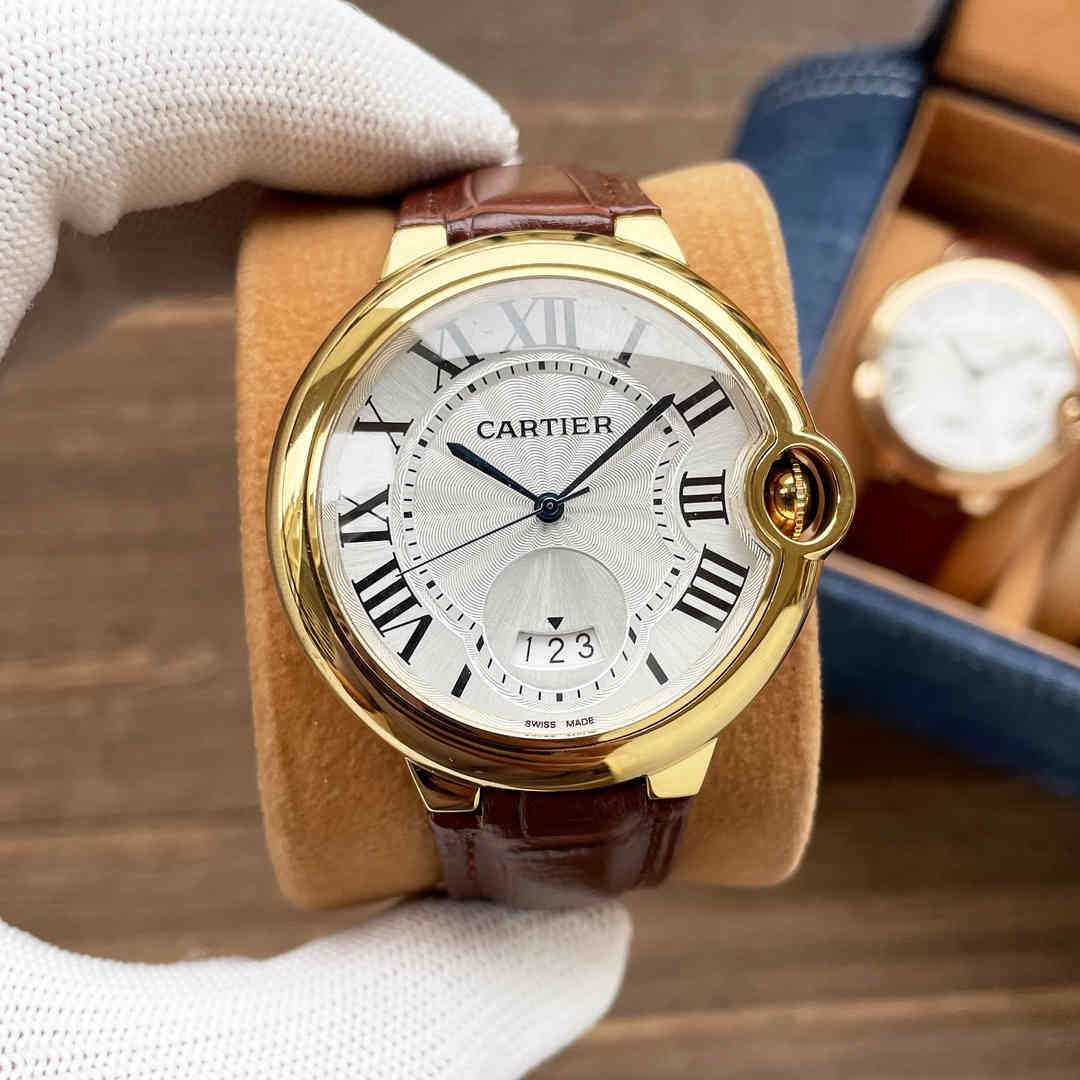
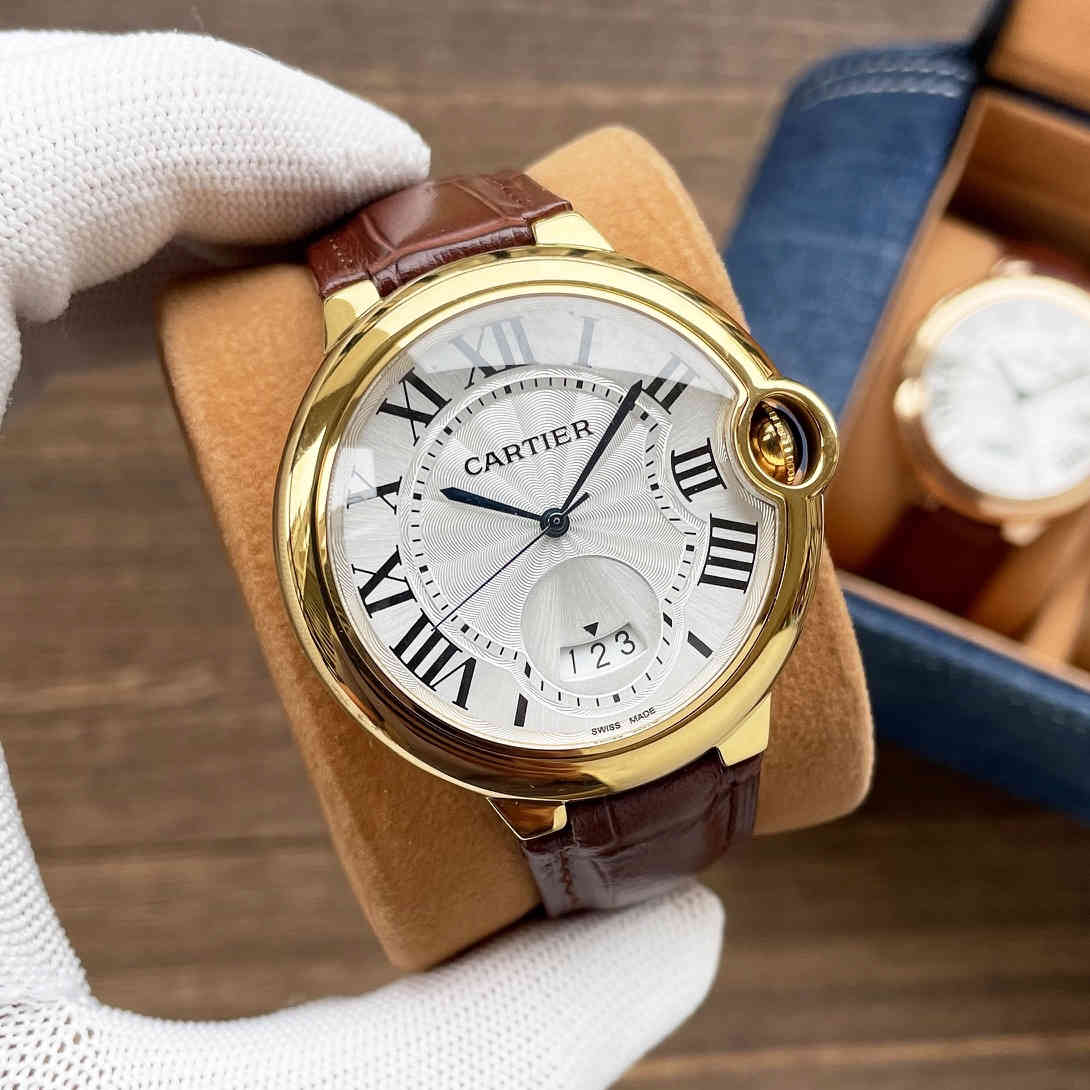
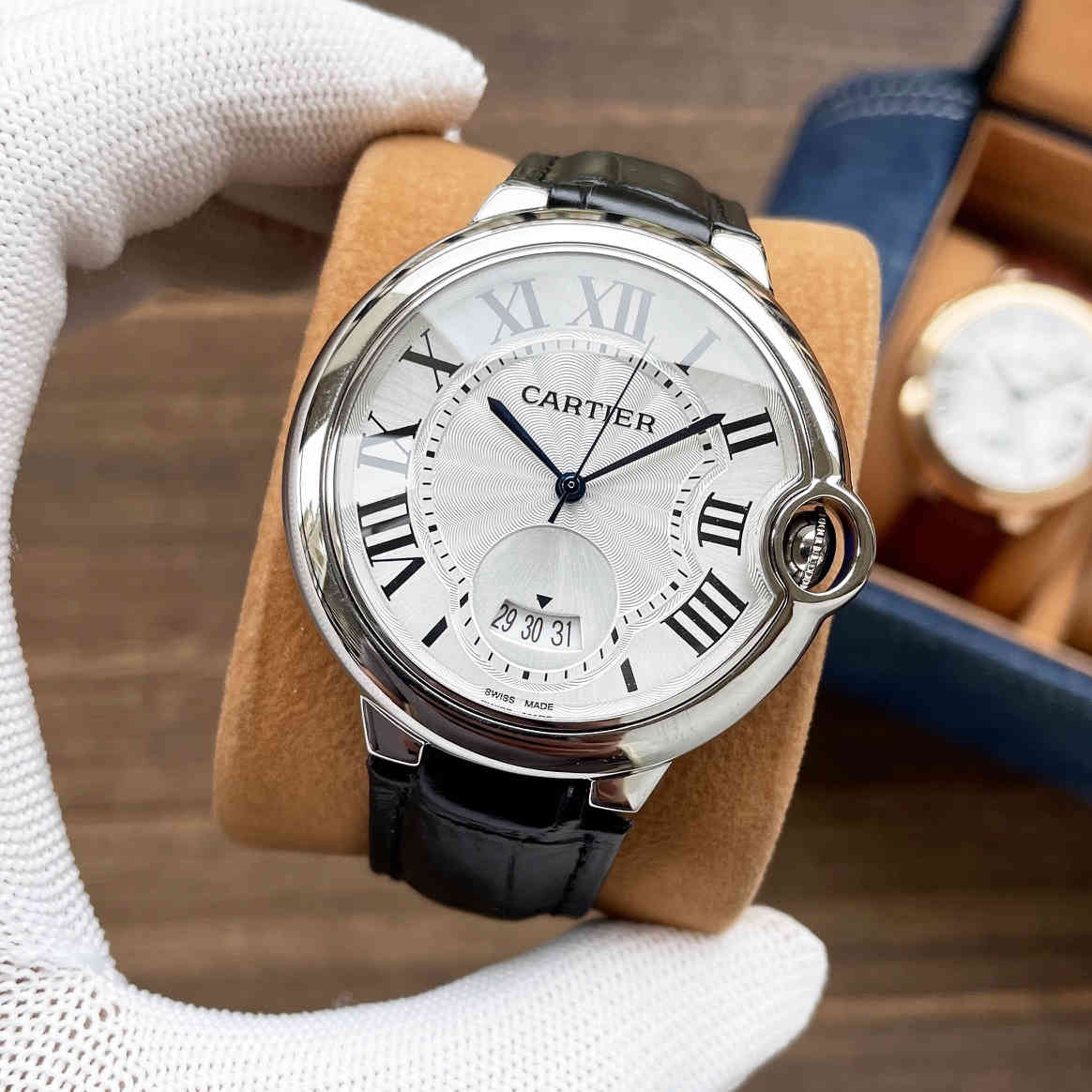
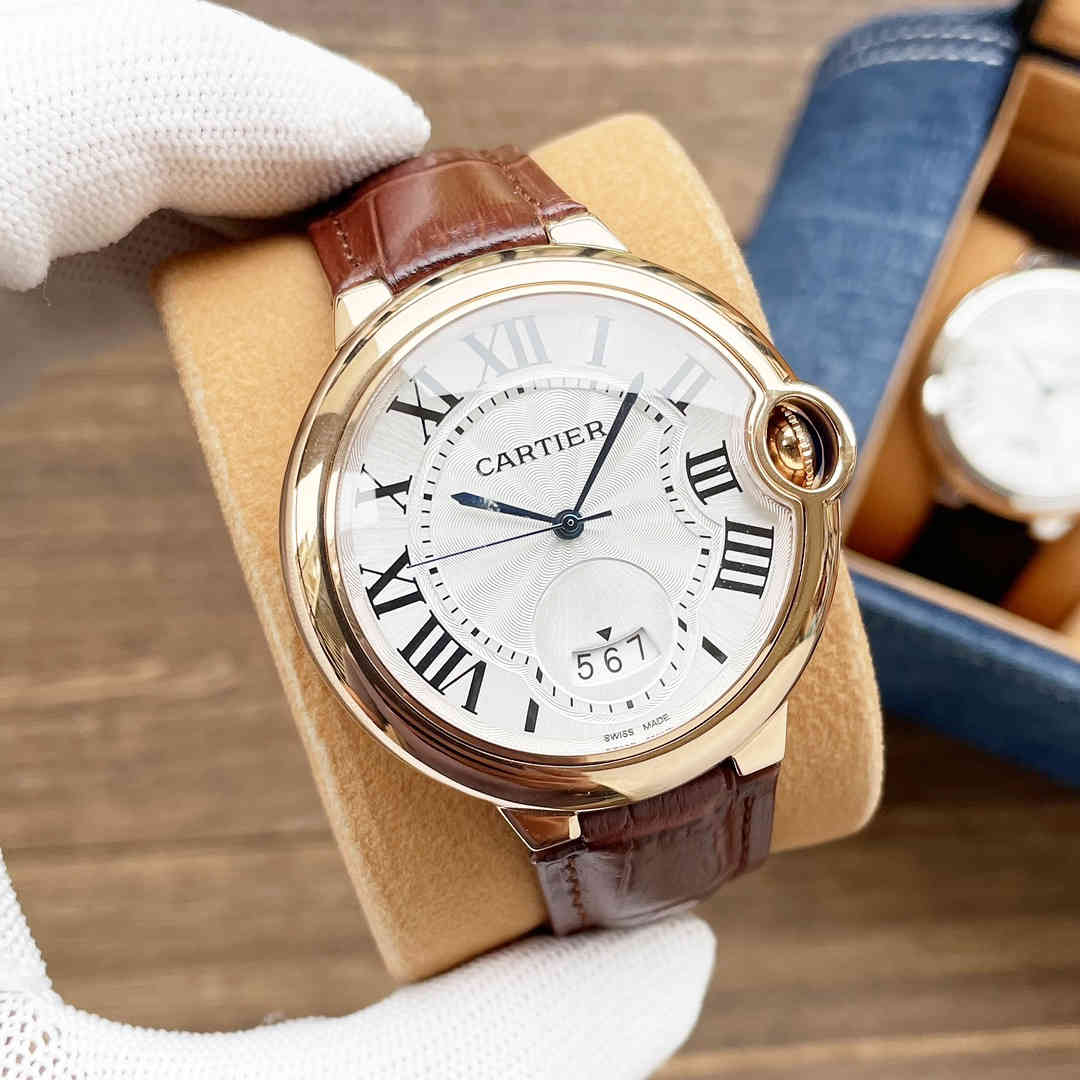
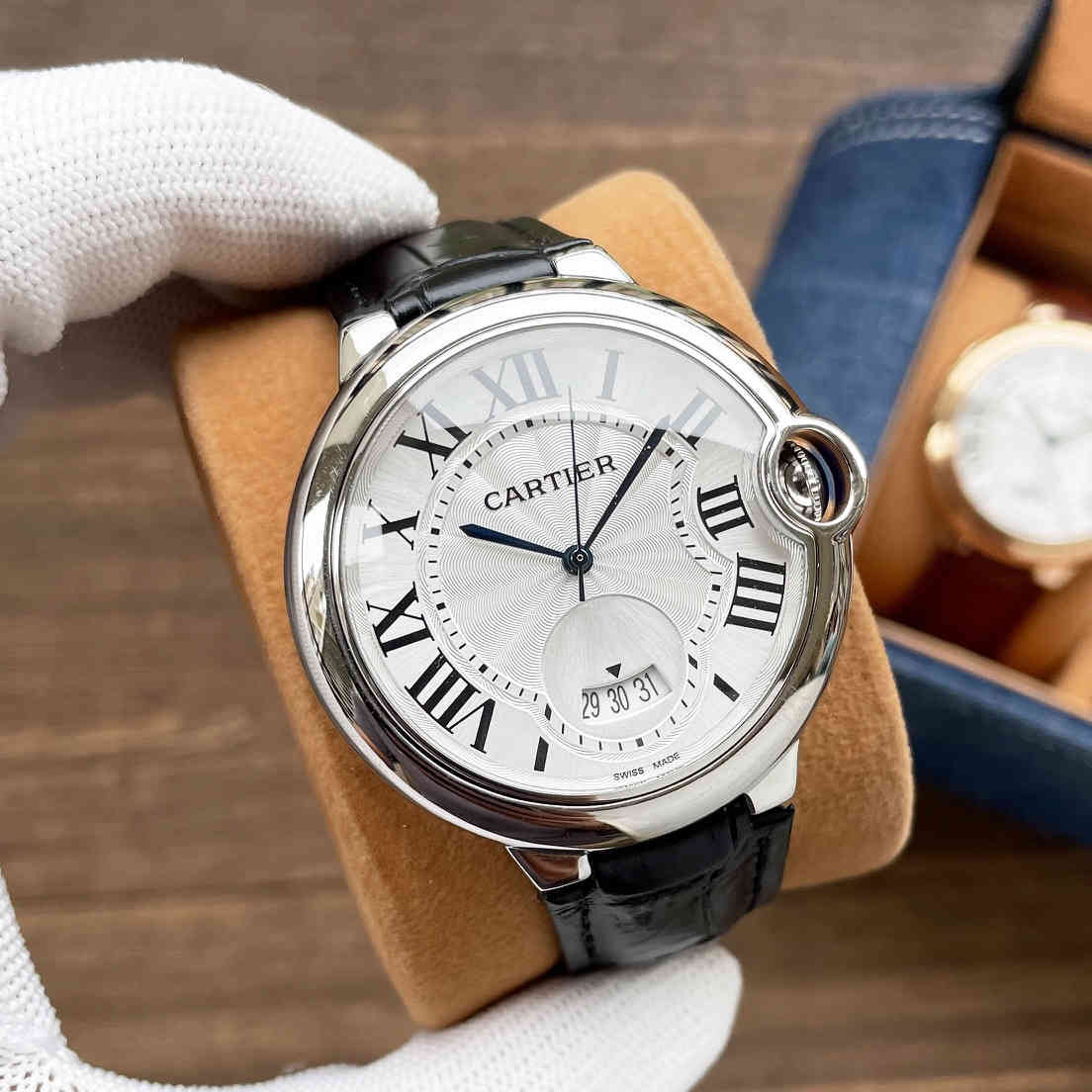
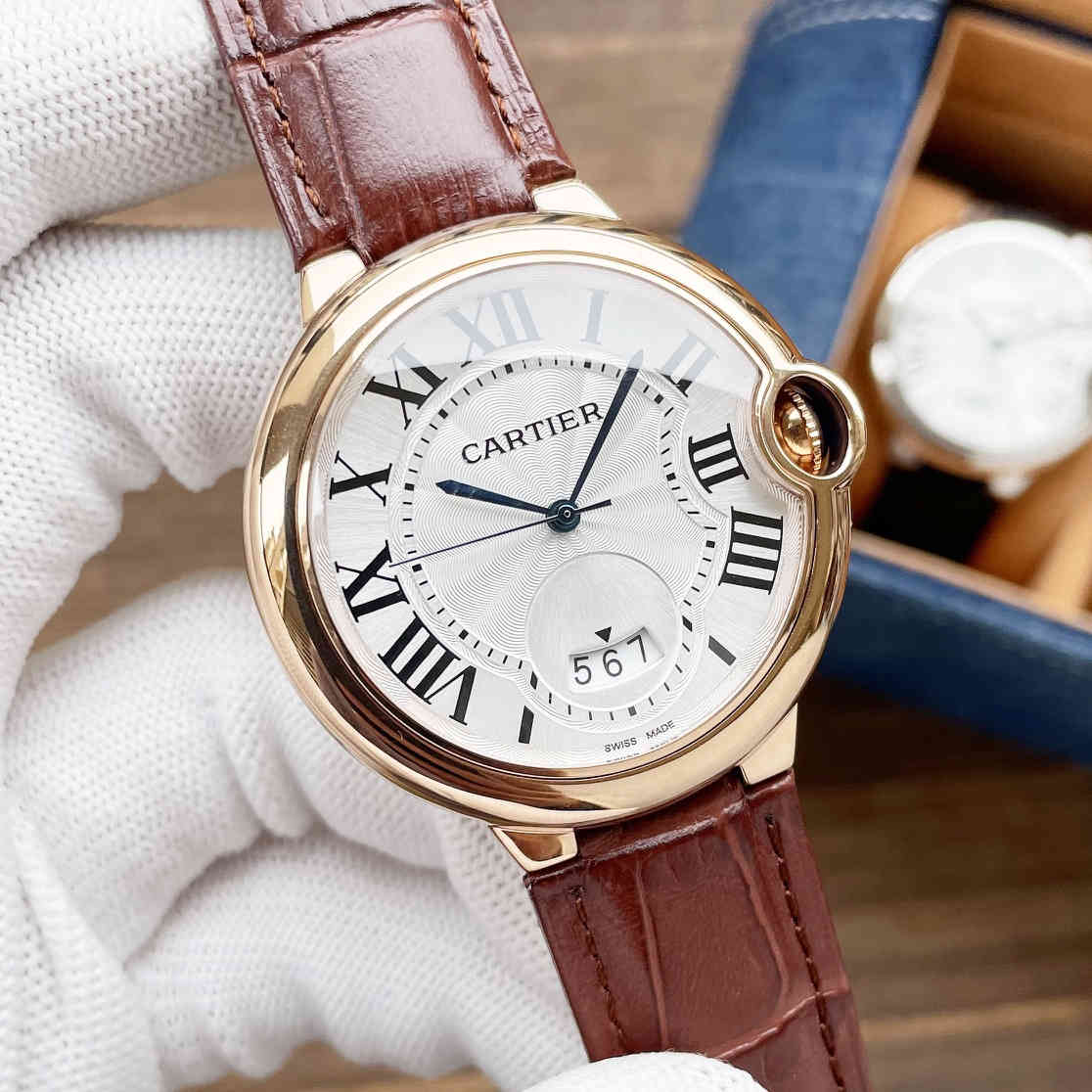
















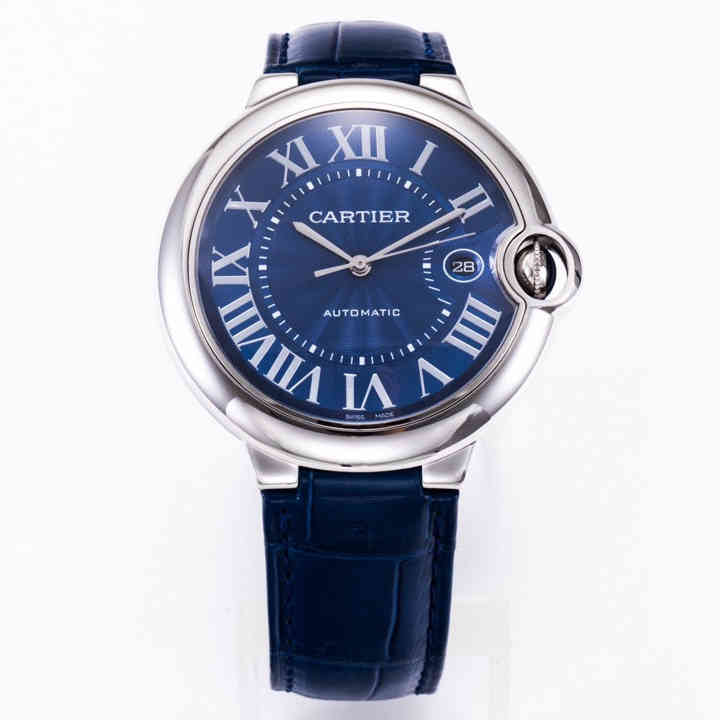
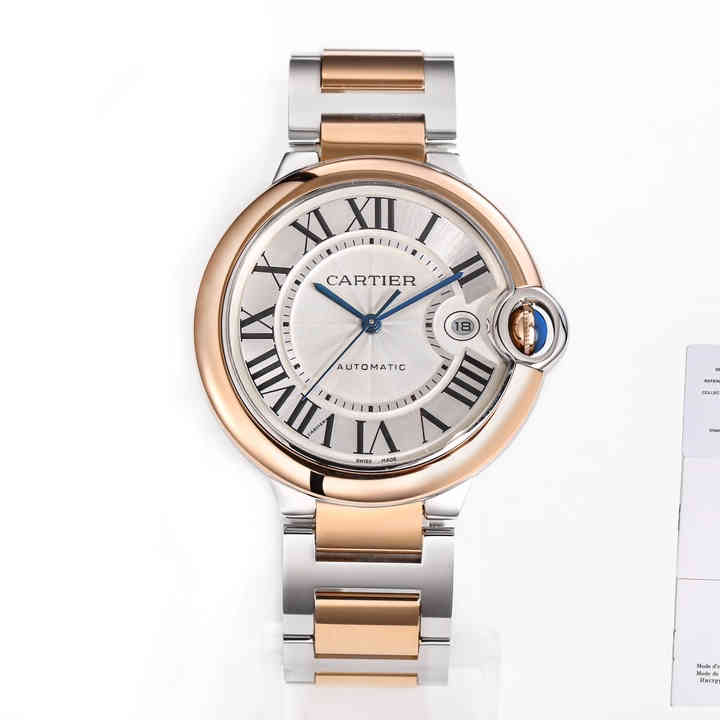
Reviews
Clear filtersThere are no reviews yet.